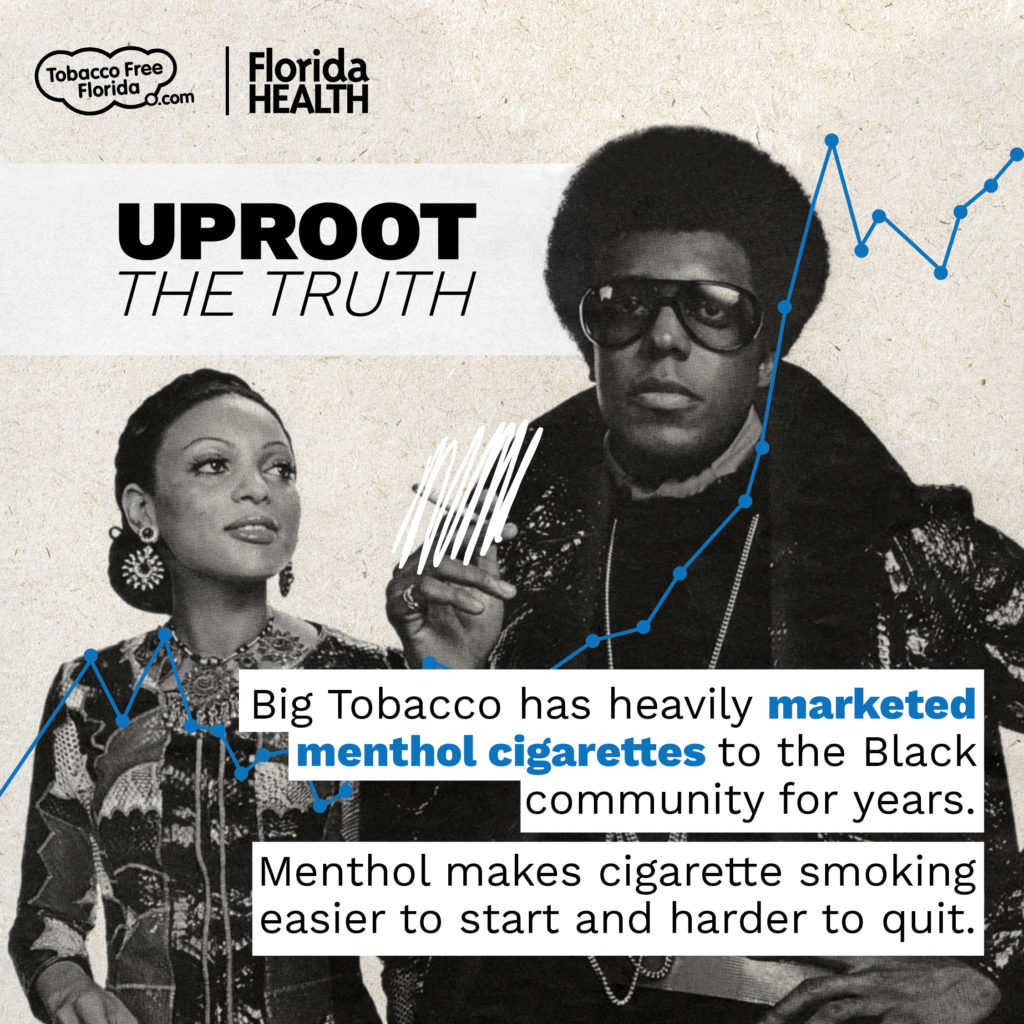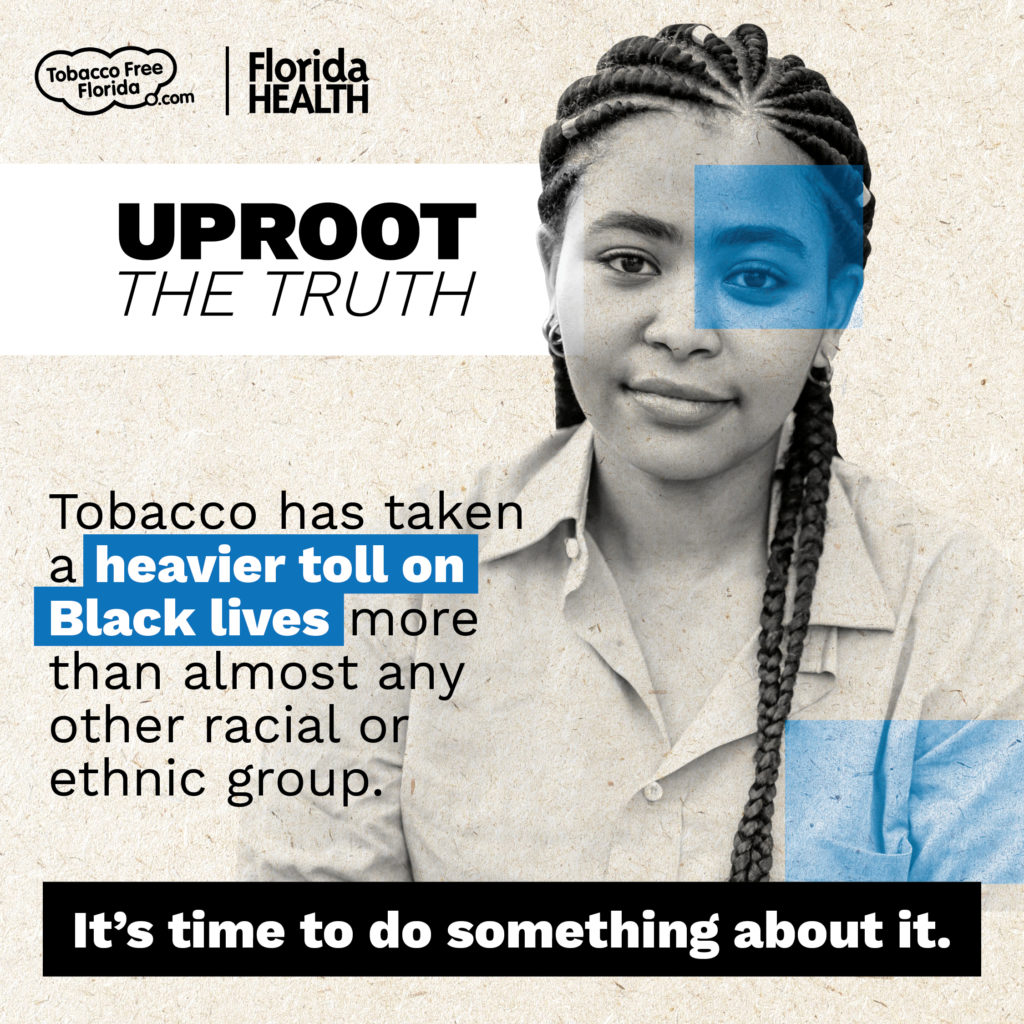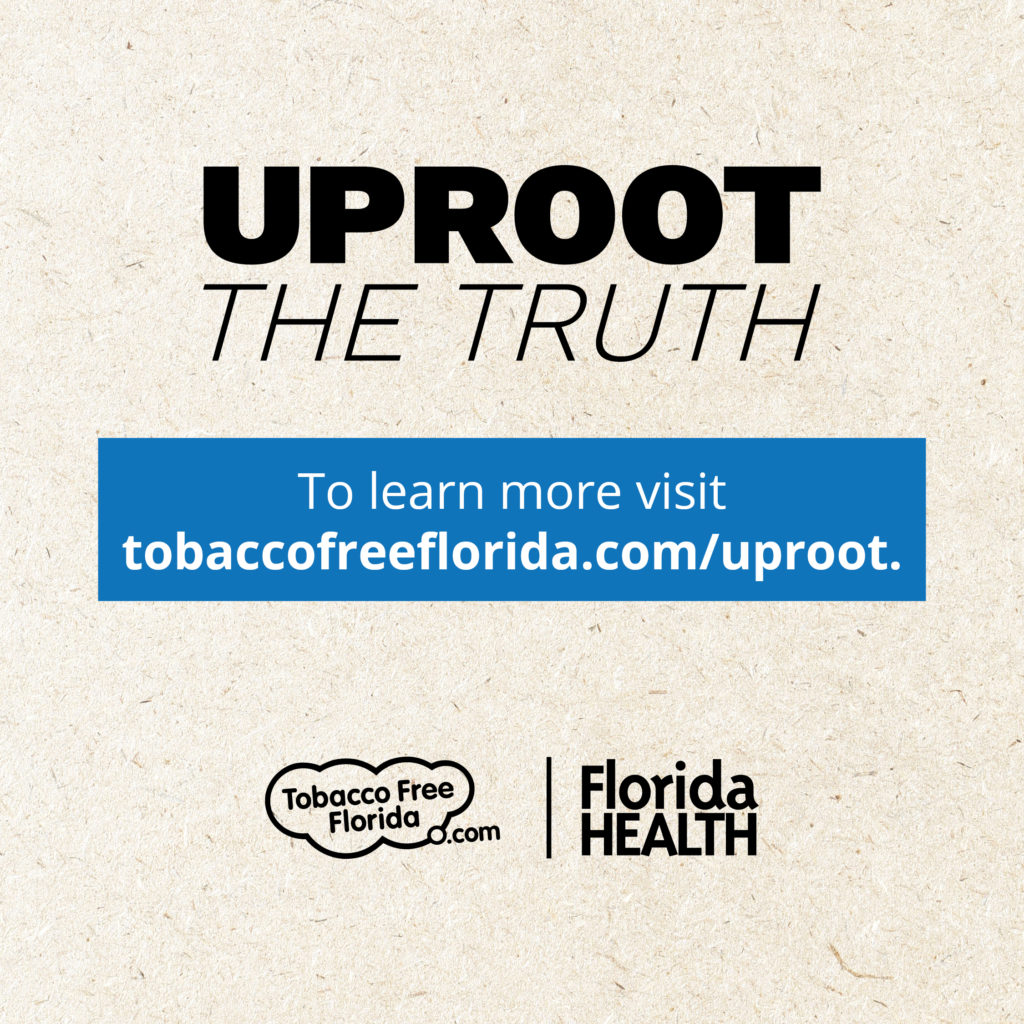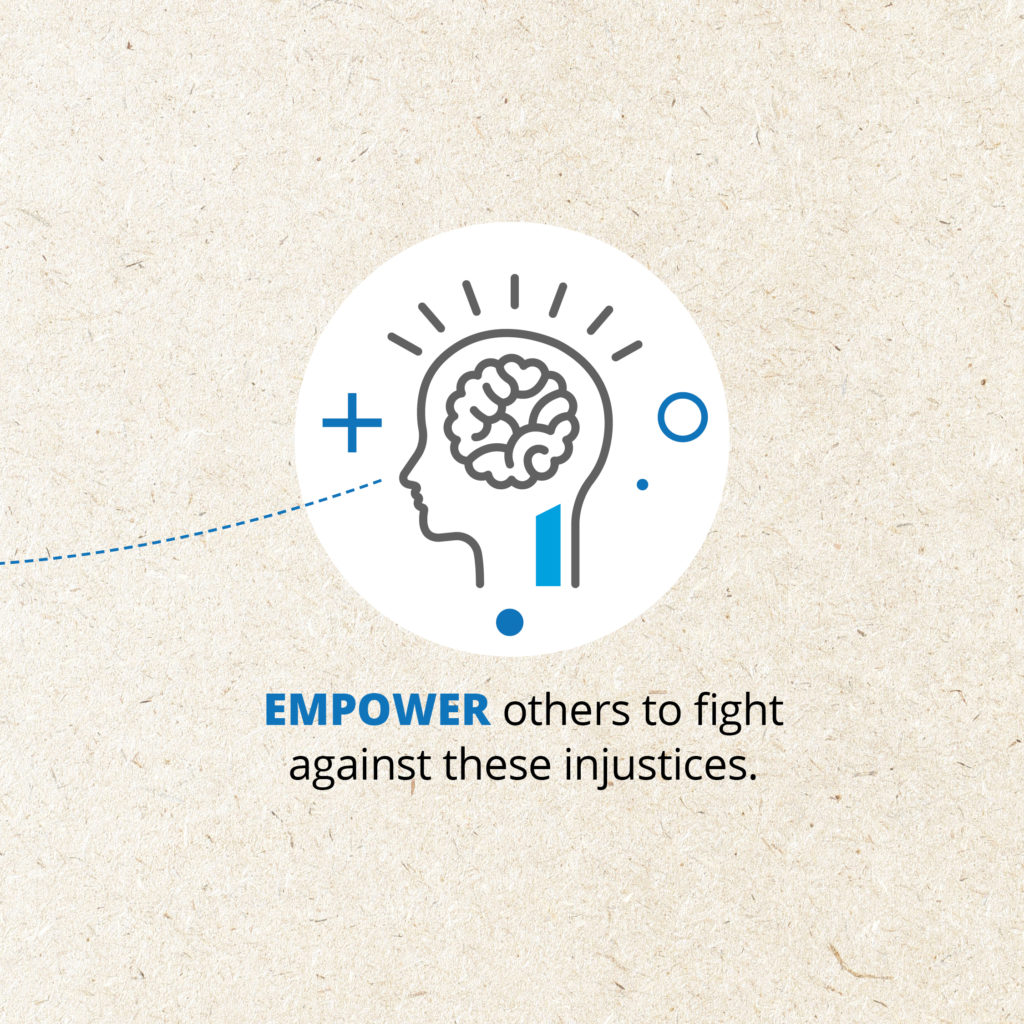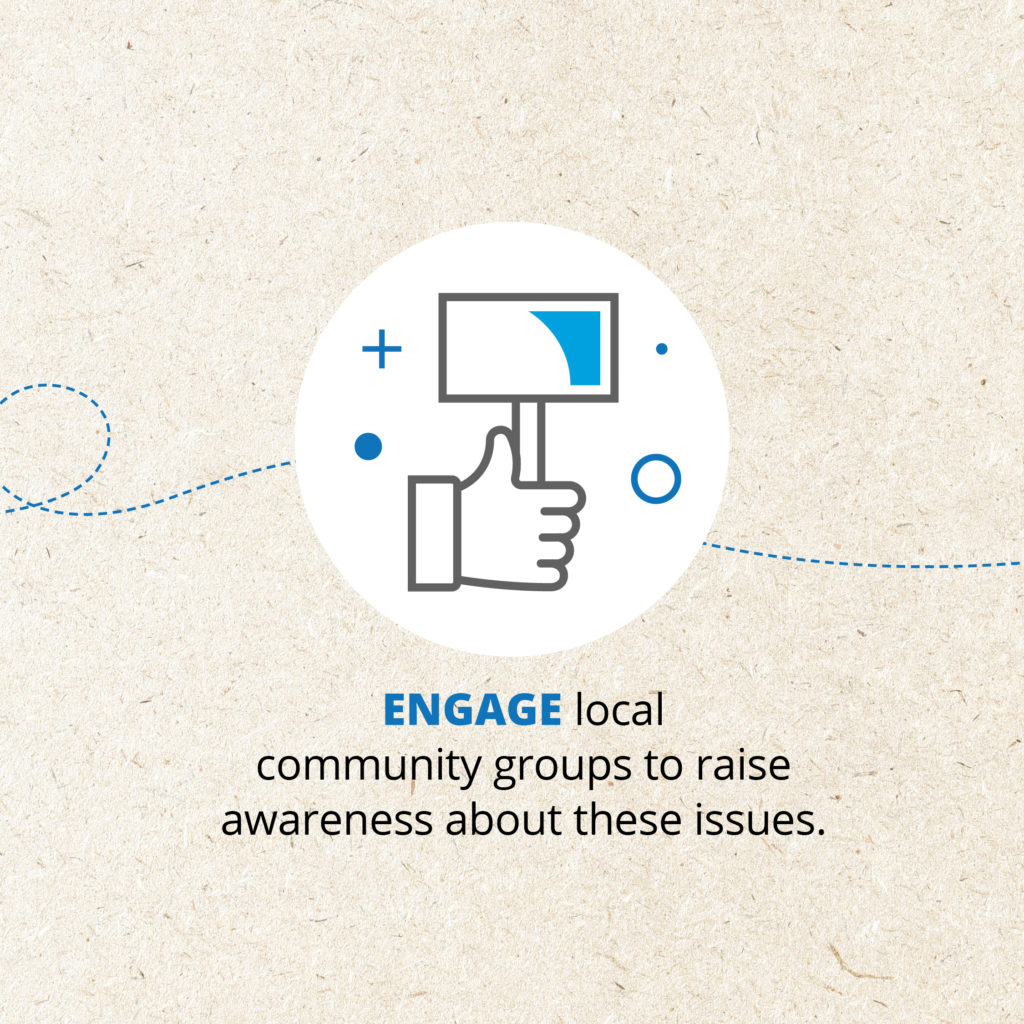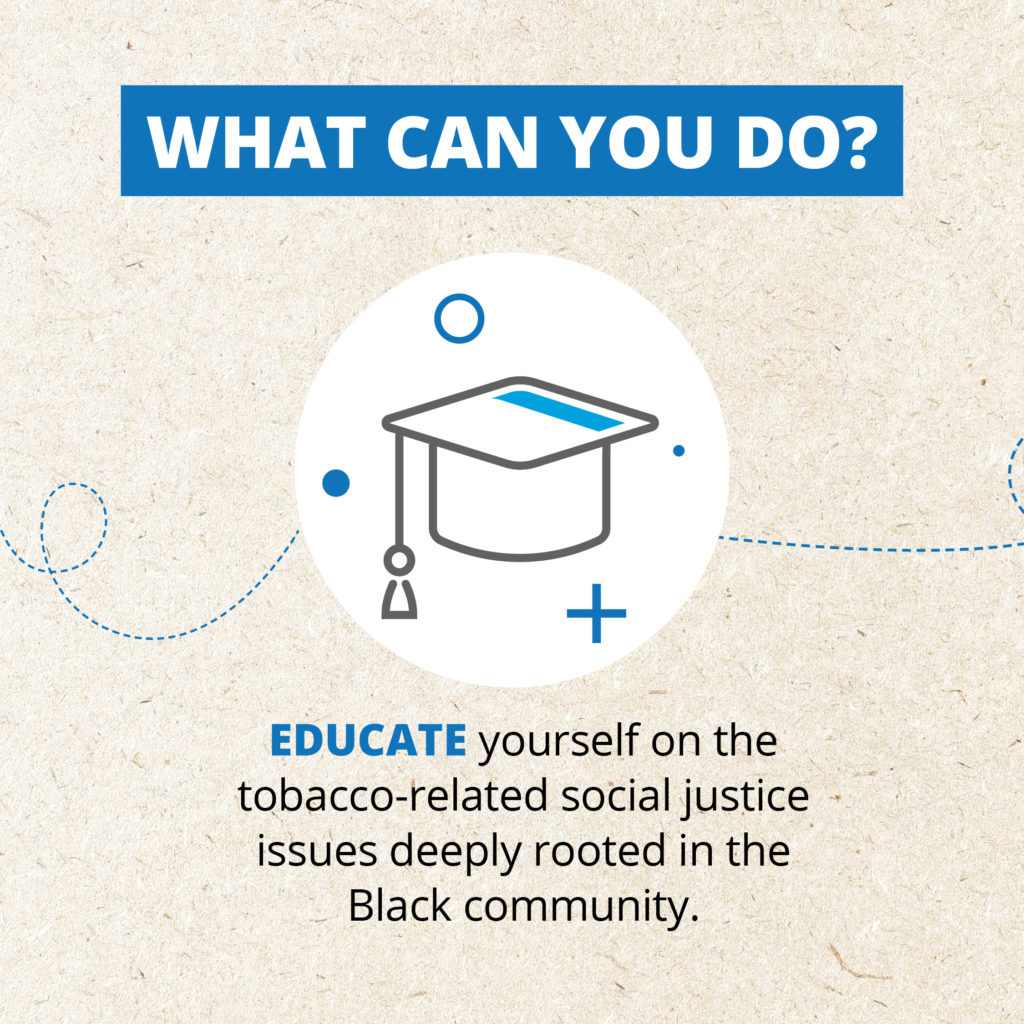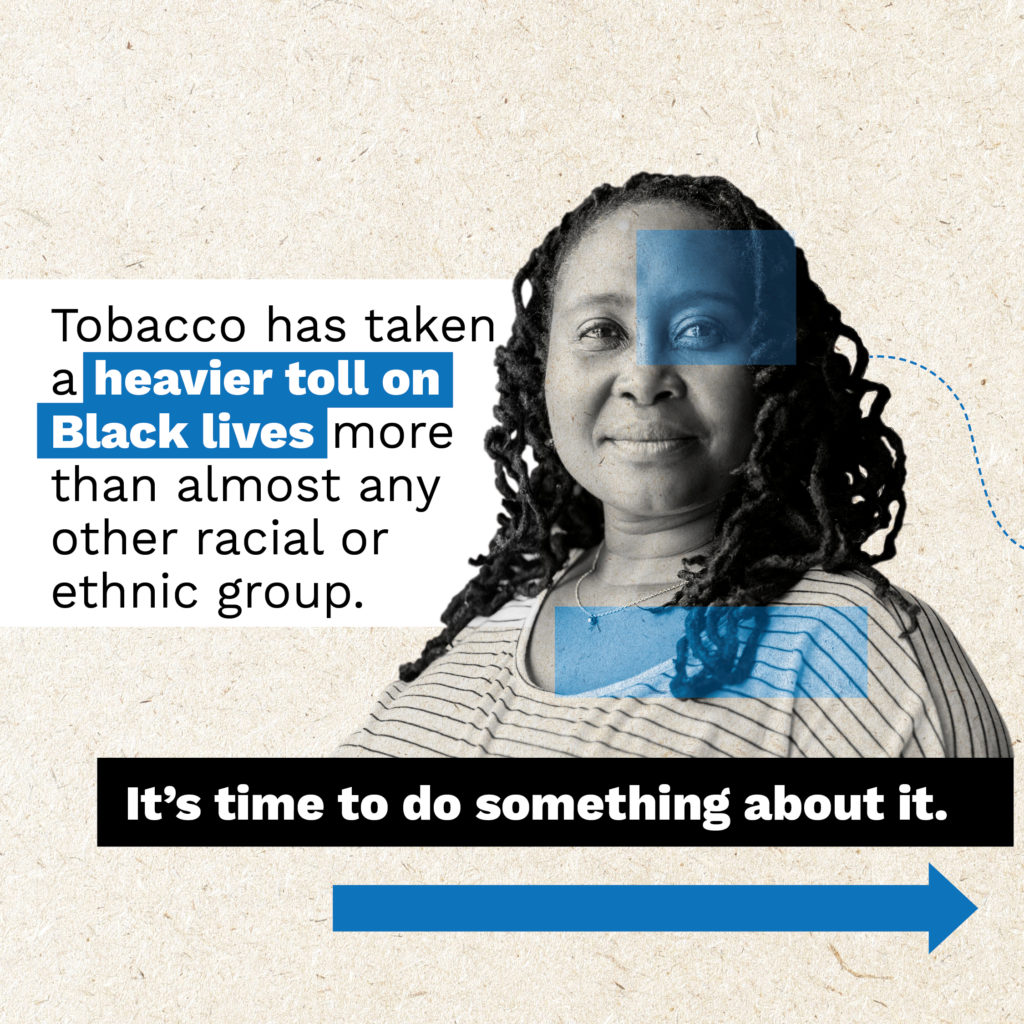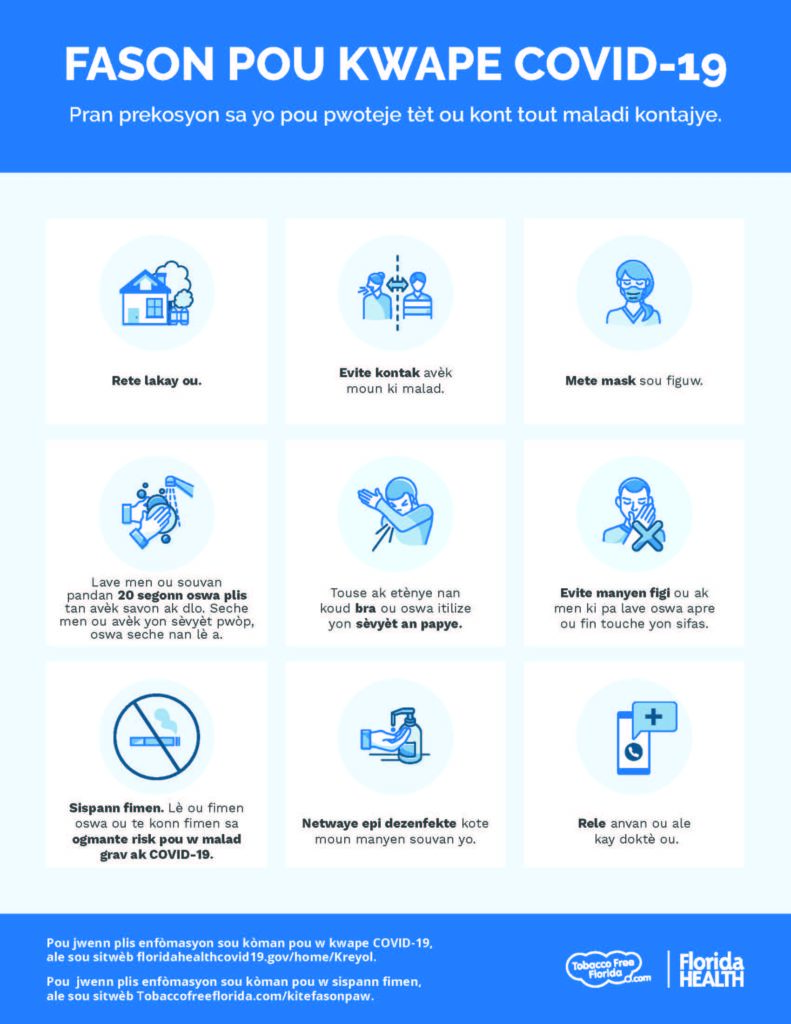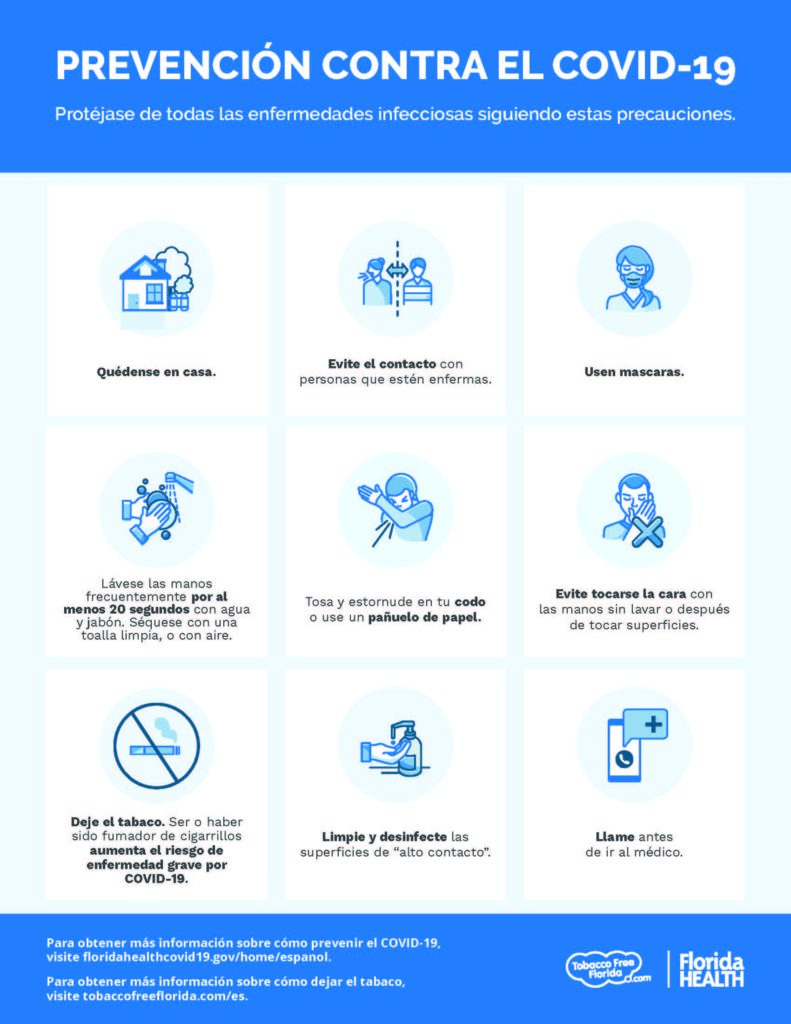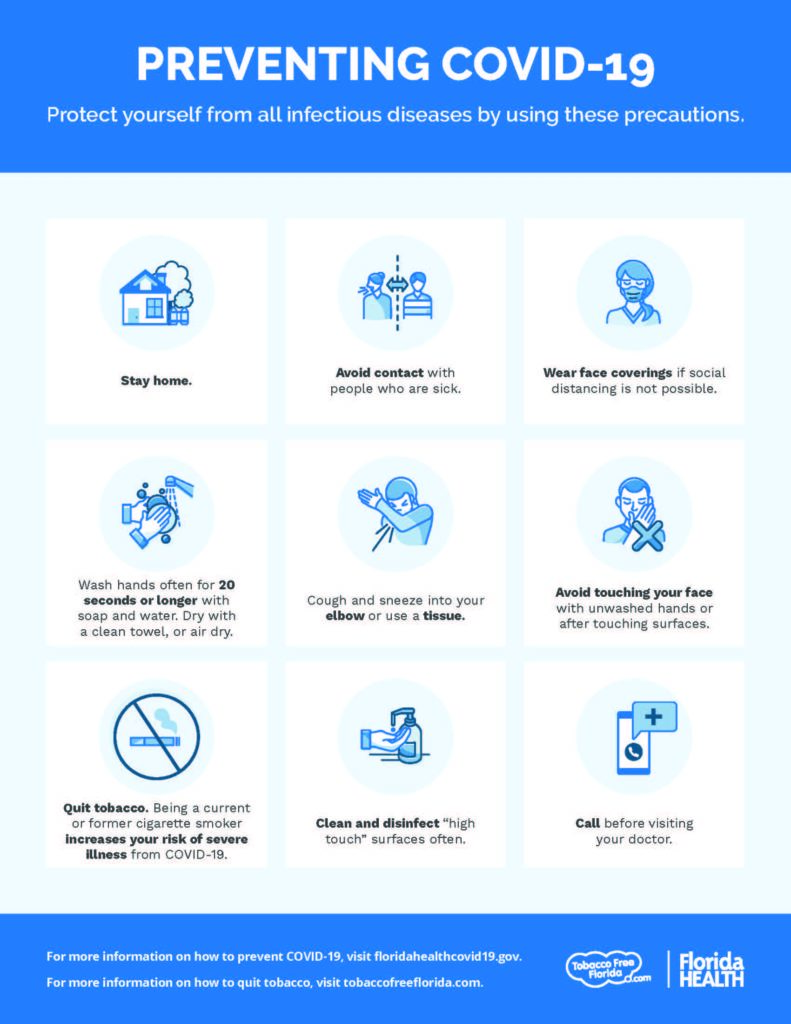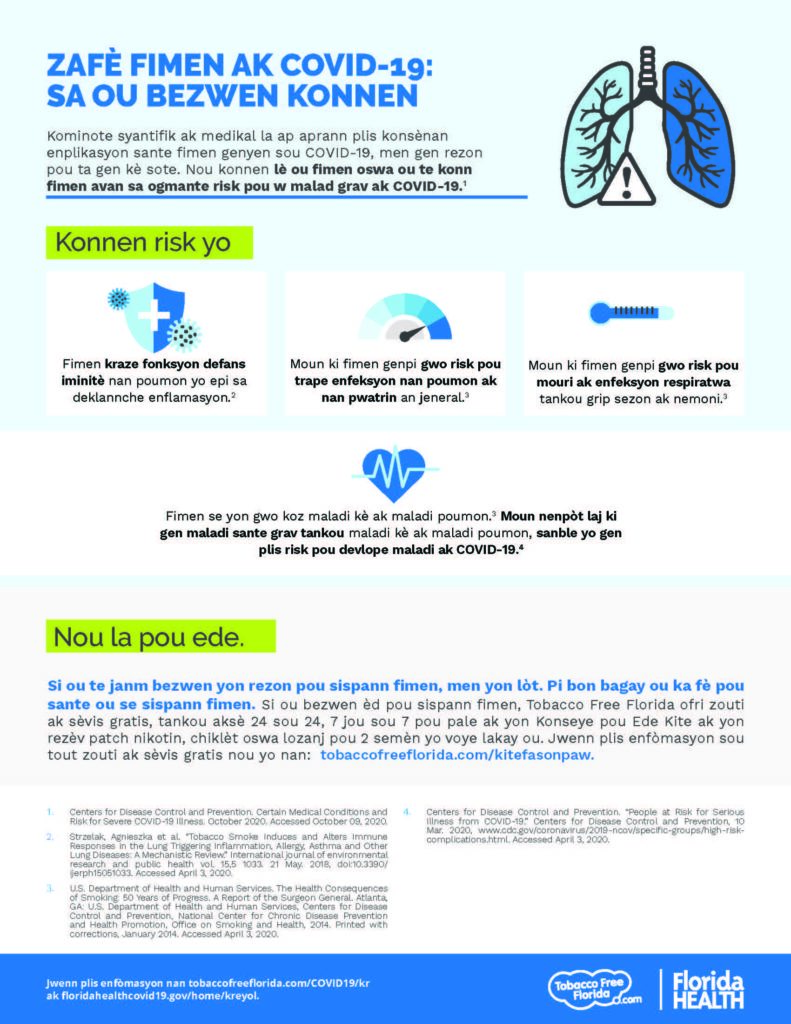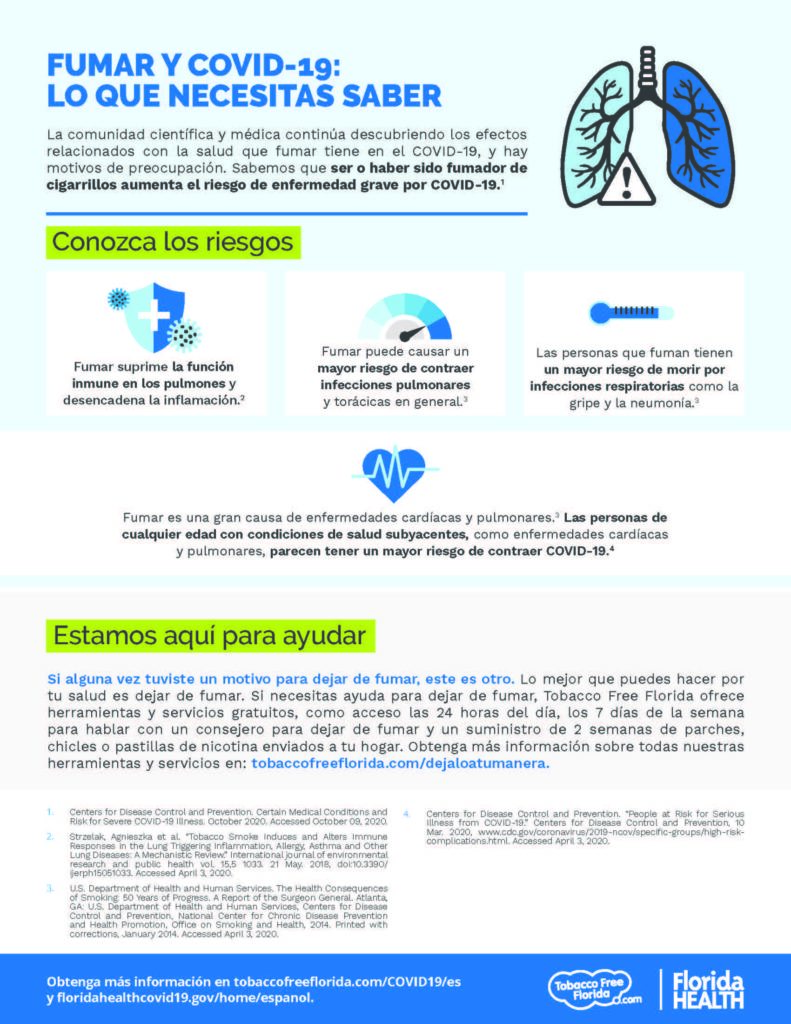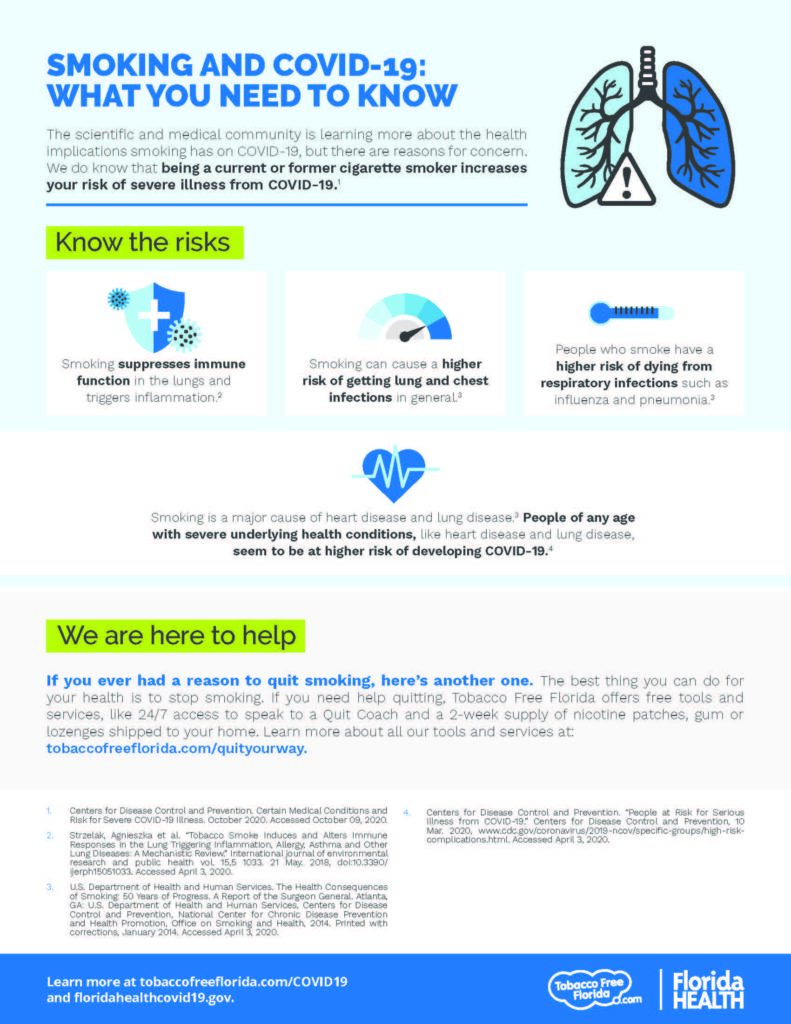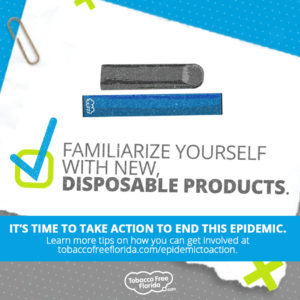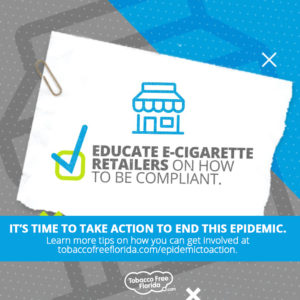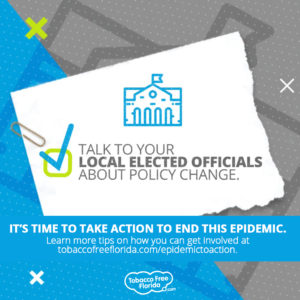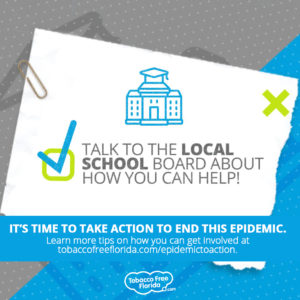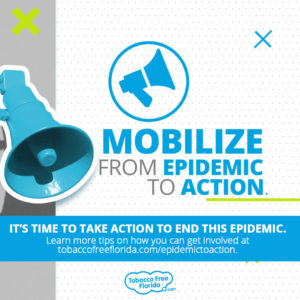Tobacco Free Florida Celebrates 15 Years of Success
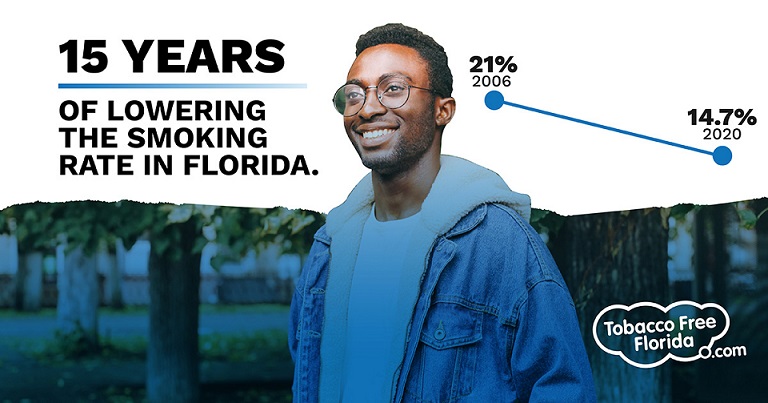
Tobacco Free Florida is celebrating 15 years of success as Florida’s tobacco education, cessation and use prevention program. Launched in 2007, Tobacco Free Florida provides free services to help Floridians quit smoking and funds a media outreach campaign to communicate with people all across the state.
A program of the Florida Department of Health, Tobacco Free Florida was created in response to overwhelming support by Florida voters and is funded by money derived from the state’s tobacco settlement agreement with the major tobacco companies. These tobacco lawsuits were intended to punish cigarette makers for decades of fraud and racketeering and to help states pay for the Medicaid and other public health expenses to cover sick smokers.
For the last 15 years, the program has successfully reached various audience demographics, such as different age ranges and community segments, in addition to continuing its statewide educational and empowerment initiatives.
Looking Back
Tobacco Free Florida’s success is proven in numbers:
- Reducing Florida’s adult smoking rates since 2007 and has resulted in saving the state over $17.7 billion smoking-related health care costs.[i]
- Using the program’s hard-hitting advertising, the number of quit attempts across the state has increased by millions and the campaign has been linked to reducing relapses among those who quit.[ii]
- Youth cigarette rates have declined from 10.6% in 2006 to 1.1% in 2021.[iii] [iv]
- Adult smoking rates have declined from 21% in 2006 to 14.7% in 2020.
- The program’s free cessation services and tools have helped more than 254,000 Floridians quit smoking for good.
- There are now fewer adult smokers in Florida today than when Tobacco Free Florida launched, despite Florida’s population growing by more than 3 million people during that time.
Looking AheadBuilding off of the momentum from the last 15 years, Tobacco Free Florida looks forward to continuing to work with new channels and finding innovative ways to advance the importance of living tobacco free.
The Quit Your Way program offers different methods and services a person can use to start their quit journey, such as Phone Quit, Group Quit and Web Quit.
- Phone Quit provides individuals with access to a trained Quit Coach 24/7.
- Group Quit allows a person to receive a 2-week starter kit once they enroll, which includes free nicotine patches, gum, or lozenges to medically help them quit.
- Web Quit helps create a personalized web-based quit plan that anyone can follow and move at their own pace.
Additionally, youth ages 11 to 13-years-old can access Phone Quit, and youth ages 13 to 17-years-old can access both Phone and Web Quit.
The Tobacco Free Florida toll-free number, 1-877-U-CAN-NOW (877-822-6669), is also available 24 hours a day, 7 days a week, and designed to help people looking for more information on how to quit. For more information on how to quit, visit TobaccoFreeFlorida.com/QuitYourWay and TobaccoFreeFlorida.com/LiveVapeFree.
[i] Mann, Nathan M, Nonnemaker, James M., Thompson, Jesse. “Smoking-Attributable Health Care Costs in Florida and Potential Health Care Cost Savings Associated with Reductions in Adult Smoking Prevalence.” 2016.
[ii] Centers for Disease Control and Prevention. Best Practices for Comprehensive Tobacco Control Programs—2014. Atlanta: U.S. Department of Health and Human Services, Centers for Disease Control and Prevention, National Center for Chronic Disease Prevention and Health Promotion, Office on Smoking and Health, 2014.
[iii] Centers for Disease Control and Prevention (CDC). Behavioral Risk Factor Surveillance System Survey Data. Atlanta, Georgia: U.S. Department of Health and Human Services, Centers for Disease Control and Prevention, 2006.
[iv] Centers for Disease Control and Prevention (CDC). Behavioral Risk Factor Surveillance System Survey Data. Atlanta, Georgia: U.S. Department of Health and Human Services, Centers for Disease Control and Prevention, 2021.


